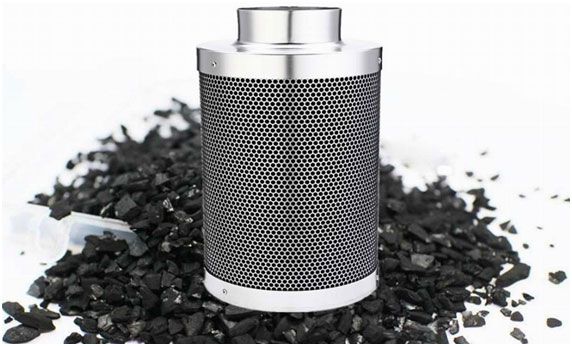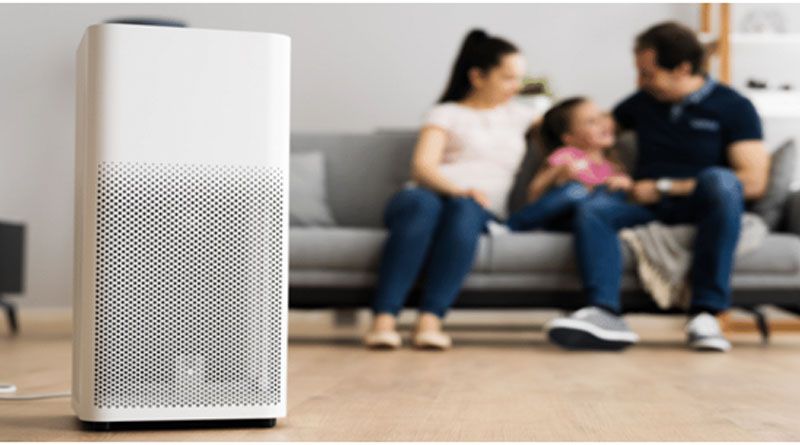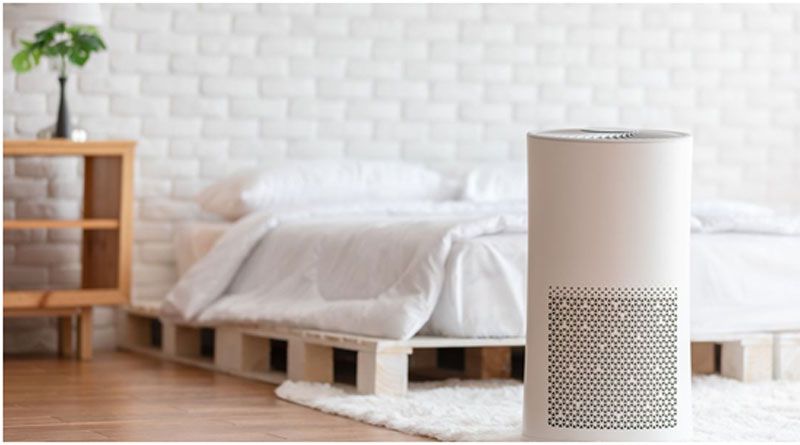A purifier improves indoor air quality by removing airborne pollutants. So if you have health problems, allergies, or just want to improve your well-being, you should definitely consider getting one.
This article will lead you from the front and help you learn about the 5 types of air purifiers, how many to use in a room, and where to place them once bought.
Let’s start learning!
It is Necessary to Have Air Purifier for Each Room?
Your room’s design and the quality of the home purifier you are using are always useful to determine whether one purifier is enough or if you will need more than one device for each room.
Check out this article: https://verywellhome.com/best-air-purifier-for-1000-square-feet/
Smaller vs Larger Apartments
When you talk about smaller apartments, a single air purifier will serve your needs well. In contrast, when it comes to bigger ones, buyers often opt for multiple devices and place one in every single room. Sometimes, even the larger apartments don’t usually require a separate air purifier for each room as the environment around them already provides clean air.
Homes with individuals, independent rooms, and hotels are a few of the most known places that require the need of an air purifier. There are a variety of circumstances that indicate the number of air purifiers required. Such as:
- Type of walls in your home
- Is there any hallway?
- The size of each room
However, there is no standard answer to this query as it always relies on the particular situation and the environmental needs at your home!
Air Purifier Types
The technology you choose for the air filtration system is crucial in determining how many air purifiers you need for your home. There are a variety of choices, some of which are slightly more expensive but are more efficient in removing pollutants and covering bigger regions. Let’s find out!
Ozone/Ionizing Air Purifiers
Ionizing air purifiers can remove airborne pollutants by giving them an electrical charge, but they can also produce ozone. According to the EPA, ozone has been demonstrated to have detrimental impacts on respiratory health and can make asthma and other respiratory conditions worse.
Concerns
The EPA cautions against using ionizing air purifiers as a result. They may be efficient at eliminating some VOCs, but because they also produce ozone, there are better solutions for purifying the air. It is preferable to select air purifiers that employ alternative technologies without ozone generation.
HEPA Filters
To catch at least 99.97% of airborne particles with a diameter of 0.3 microns or bigger, HEPA (High-Efficiency Particulate Air) filters are developed. They are therefore efficient at removing a variety of airborne impurities, including dust, pet dander, some types of cigarette smoke, and hazardous gases.
Concerns
It’s essential to remember that HEPA filters do not get rid of gases in the air such as volatile organic compounds (VOCs). As an alternative, they collect dust on a filter surface.
Carbon/Charcoal Made Filters
Volatile organic compounds (VOCs) from the air can be removed using activated carbon or charcoal filters. The very porous carbon or charcoal utilized in these filters, undergoes oxygen treatment, enabling them to absorb and trap VOCs.

Concerns
The removal of airborne particles like dust and allergies, however, is not as successful with activated carbon or charcoal filters. To achieve thorough air purification, they need to be used in conjunction with other filtration techniques, such as HEPA filters.
Hybrid
Hybrid air purifiers are made to combine various filtering methods into a single unit, enabling them to remove a variety of air pollutants. This has the potential to be beneficial because it offers a complete air-cleansing solution.
Concerns
It’s crucial to remember, though, that hybrid air purifiers can also present their own set of issues, such as frequent filter replacements or insufficient air circulation. This might be a result of the system being more complicated and having more components that require maintenance as a result of the integration of several technologies.
PECO
A more recent air filtration device called PECO (Photocatalytic Oxidation with Electrically Charged Oxygen) uses filters covered in nanotechnology to chemically transform pollutants into harmless gases.
The filters activate the nanotechnology and break down VOCs, ozone, and other airborne biological particles into their constituent parts using a mix of light and electricity.
Concerns
By reducing these contaminants inactive and dissolving them into harmless chemicals, this process cleans the air. Although PECO technology is a promising air purification method, it is currently in the testing and evaluation stage due to its recent development.
Additional Consideration About Air Purifiers
Certain considerations should be taken care of when you thinking about having an air purifier at your home.
Number of People Living in a Home
You might be able to manage with just one air purifier if you live alone or in a big house with just one other person. To keep the air as pure as possible in your separate kitchen, you might want to think about getting a second air purifier.

If your house is crowded with people, you might want to think about getting an air purifier for each space. This will make sure that the air in your home is as clean as possible and that each room receives enough air filtration.
Issues to be Resolved
One air purifier can be all you need if your main concern is getting rid of offensive smells. It should work if you only put it in the area where the smell is present. The same is true while trying to eradicate mold and mildew. Additionally, think about putting an air purifier in the space where you spend most of your time.
Best Place to Place an Air Purifier
Place your air purifier close to several uncluttered doors to get the most out of it. The unit’s ability to circulate air through convection will be diminished if it is placed behind furniture, underneath tables, on shelves, or in corners. Place the air purifier in the center of an open space in the room for the best coverage.
Conclusion
Air purifiers are best for individuals who live in polluted locations or who have health concerns that are made worse by poor air quality. It is a worthwhile investment for them. Which type of air purifier do you often prefer? In your view, what is the most suitable place to put the air purifier on? Share your opinions in the comment section below!

Namaste UI collaborates closely with clients to develop tailored guest posting strategies that align with their unique goals and target audiences. Their commitment to delivering high-quality, niche-specific content ensures that each guest post not only meets but exceeds the expectations of both clients and the hosting platforms. Connect with us on social media for the latest updates on guest posting trends, outreach strategies, and digital marketing tips. For any types of guest posting services, contact us on info[at]namasteui.com.

